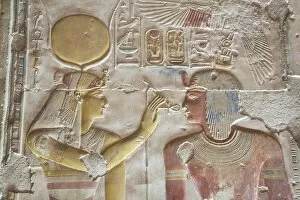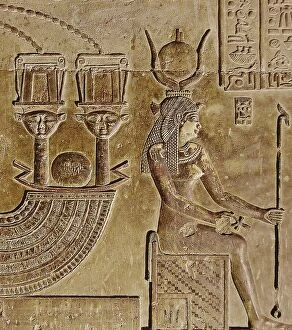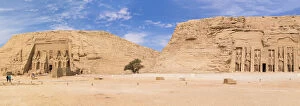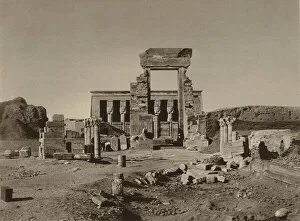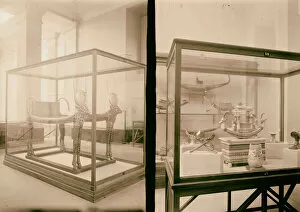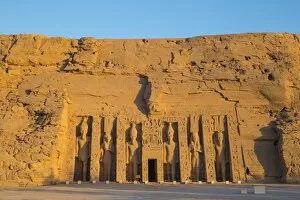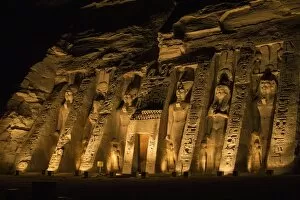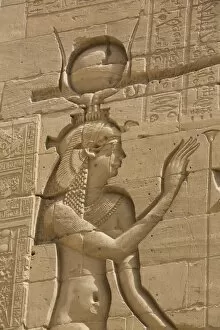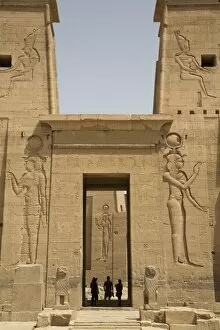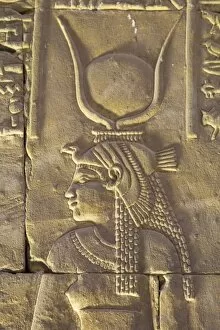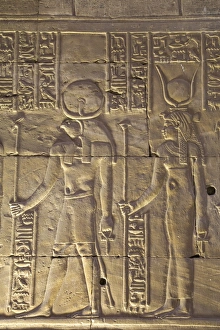Goddess Hathor Collection
The Goddess Hathor, depicted in a bas-relief alongside Pharaoh Seti I at the Temple of Seti I in Egypt's Abu Simbel, is a symbol of beauty and femininity
For sale as Licensed Images
Choose your image, Select your licence and Download the media
The Goddess Hathor, depicted in a bas-relief alongside Pharaoh Seti I at the Temple of Seti I in Egypt's Abu Simbel, is a symbol of beauty and femininity. Known as the "Temple of Hathor, " this small temple dedicated to Nefertari showcases her importance in ancient Egyptian culture. With its intricate carvings and stunning architecture, it stands as a testament to the reverence bestowed upon this goddess. In another part of Abu Simbel, The Great Temple shares its space with yet another small temple dedicated to Hathor. This further emphasizes her significance within Egyptian mythology. Her presence is felt throughout these sacred sites, where she was worshipped for her role as the goddess of love, joy, music, and motherhood. Traveling further south to Dendera reveals the grandeur of the Temple of Hathor through a black-and-white photograph. Its general view captures the awe-inspiring scale and magnificence that surrounded this divine figure. Throughout history, countless temples were erected in honor of Hathor across Egypt. However, none are quite as remarkable or captivating as those found in Abu Simbel and Dendera. These structures serve not only as places for worship but also as testaments to human creativity and devotion. As we marvel at these ancient wonders today, let us remember that they stand not only as tributes to an extraordinary deity but also reflect our enduring fascination with mythology and spirituality. The legacy left behind by Goddess Hathor continues to inspire awe and admiration centuries later – a true testament to her eternal power and influence over humanity's imagination.

